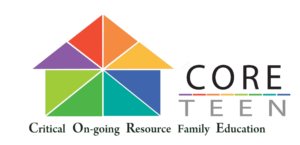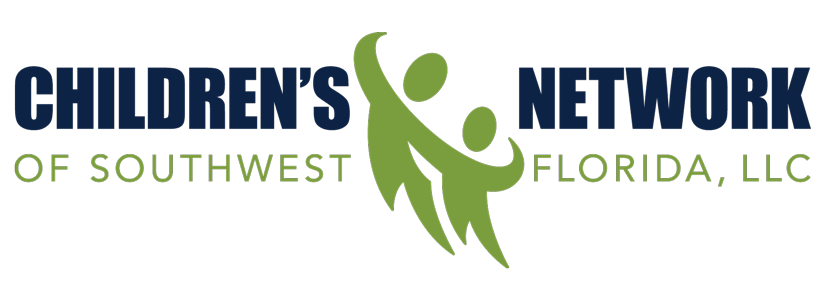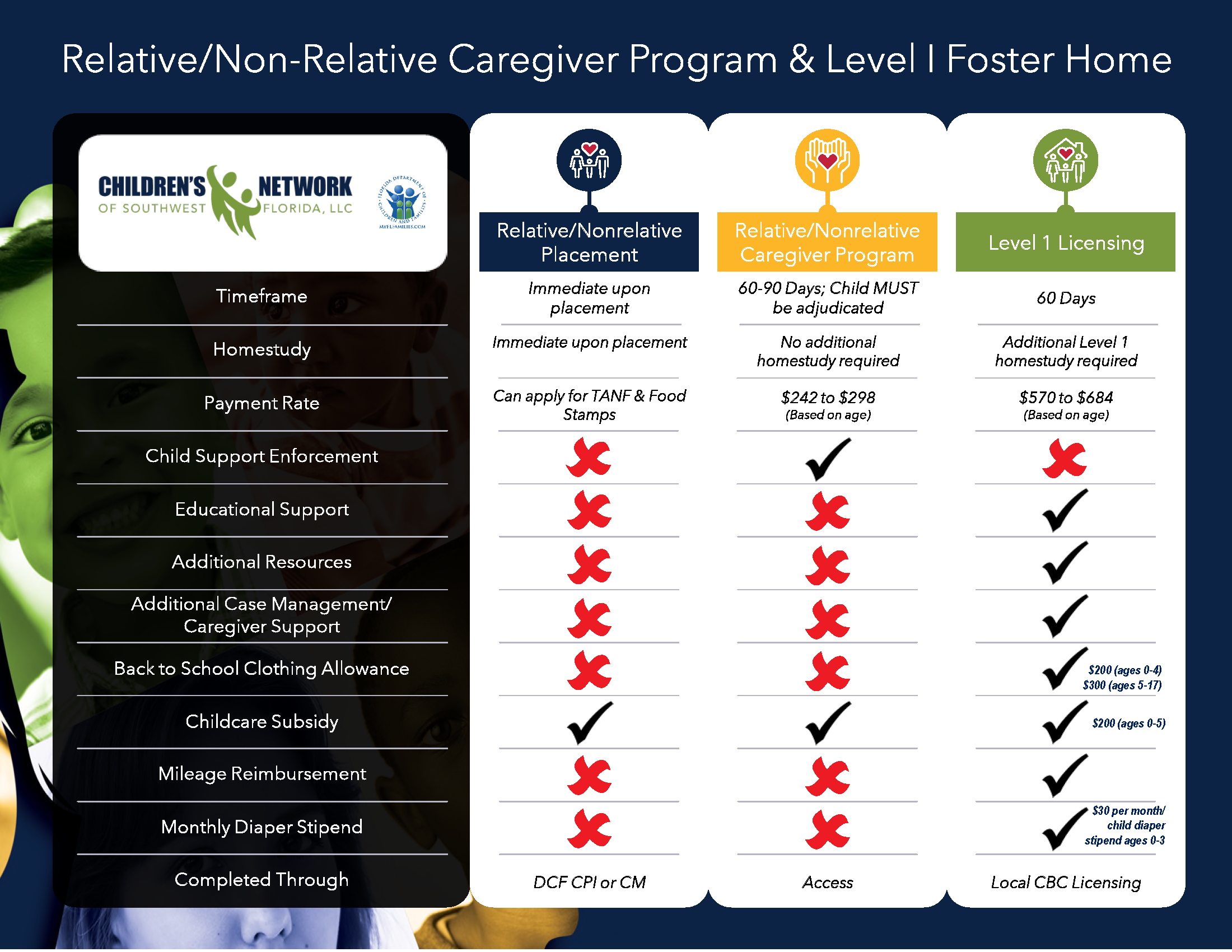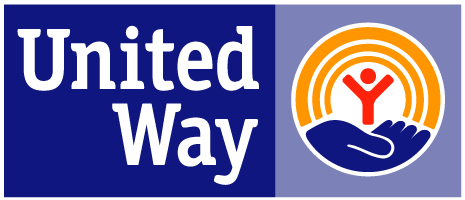KINSHIP NEWSLETTER
KINSHIP CARE
Brochures & Resources

Right Time Videos
| TOPIC | VIDEO | RESOURCE GUIDE | CURRICULUM |
|---|---|---|---|
| Continued Connections | Continued Connections Video | Continued Connections Resource Guide | CORE Teen |
| Parental Adaptation | Parental Adaptation Video | Parental Adaptation Resource Guide | CORE Teen |
| Parental Regulation | Parental Regulation Video | Parental Regulation Resource Guide | CORE Teen |
| Relationship Development | Relationship Development Video | Relationship Development Resource Guide | CORE Teen |
| Sexual Orientation, Gender Identity & Expression (SOGIE) | SOGIE Video | SOGIE Resource Guide Supporting Your LGBTQ Youth: A Guide for Foster Parents | CORE Teen Child Welfare Information Gateway |
| Transitions | Transitions Video | Transitions Resource Guide | CORE Teen |
| Trauma Informed Parenting Part 1 | Trauma Informed Parenting Video Part 1 | Trauma Informed Parenting Part 1 Guide | CORE Teen |
| Trauma Informed Parenting Part 2 | Trauma Informed Parenting Video Part 2 | Trauma Informed Parenting Part 2 Guide | CORE Teen |







